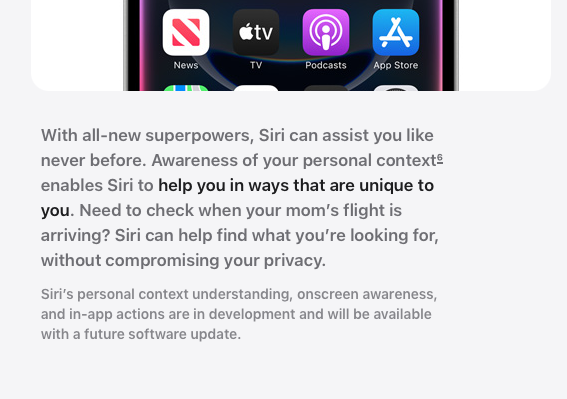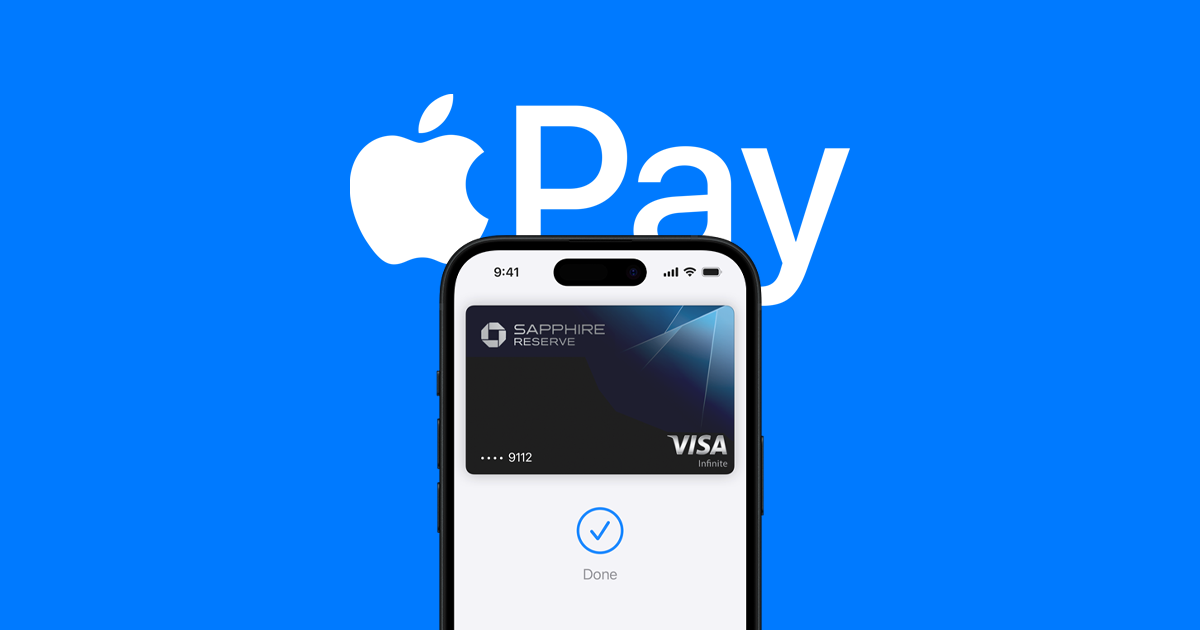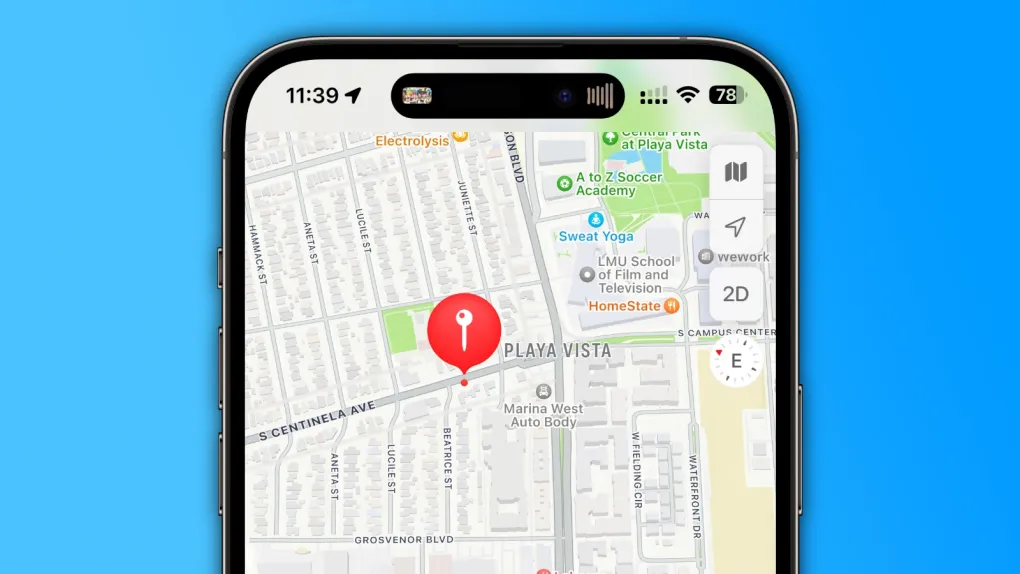Apple’s new smart features, called Apple Intelligence, rolled out with iOS 18, but they’re not convincing people to buy new iPhones. That’s what analyst Ming-Chi Kuo said recently. He also thinks Siri’s recent flops will hurt iPhone sales in 2025, and the market is starting to agree.
Back in July, Kuo warned that hopes for Apple Intelligence boosting iPhone upgrades were too high. By January, he was even blunter, saying the excitement around these features had dropped a lot. Why? There was a big gap between Apple showing them off in June and their launch starting in October.
Kuo still feels the same, especially after Apple delayed some key Siri upgrades tied to Apple Intelligence. These were promised for iOS 18 but got pushed back. According to Kuo, Apple already knows these smart tools aren’t impressing anyone. Because of this, the company gave its suppliers cautious shipment numbers for iPhones.
Lately, people in the market are growing unsure about iPhone sales and Apple Intelligence, especially Siri. This matches Kuo’s earlier guesses. He says Apple’s low shipment predictions to suppliers earlier this year show they saw the weak response coming.
The delays with Siri are also turning people off. This could hurt sales of the iPhone 16 and even the iPhone 17 soon. Last week, Apple admitted that some Siri features, like understanding personal details and working better with apps, won’t arrive until next year. The company didn’t expect fans and tech experts to be so upset about it.
For example, John Gruber, a well-known Apple writer, recently shared a detailed piece pointing out Siri’s problems. Many agree with him, feeling Apple has struggled to make Siri better for a long time. Others have chimed in too, upset about the big promises Apple made last year about its smart Siri features—followed by delays that make people doubt Apple can keep up with rivals like OpenAI, Google, and Anthropic.







